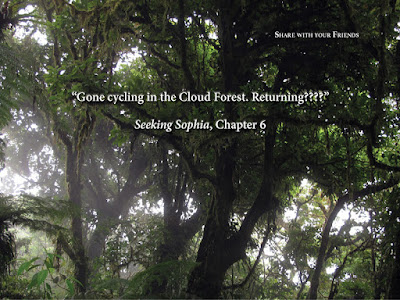It’s said that there are no new plots for novels, only a recircling and revisiting of a few foundational stories, many of which date from antiquity. Boy Meets Girl, Hero’s Journey, Separation from Parents, Who Killed X and Why?—most fiction, especially genre fiction, can be shoehorned into categories like these. This is not an accident: stories exist to meet the needs and expectations of readers. Each of us is unique, to be sure, but we all go through a similar process of maturation, whatever distinctive forms our own families, cultures, and selves take as we traverse the path.
As a result, the creativity and freshness that a given author applies to the fundamental questions expressed in these plots inherited from antiquity (or the Renaissance) are what sets a particular novel above the rest. As Susan Stokes-Chapman discusses in her recent New Books Network interview, she began with a historical event but ended up transposing the ancient Greek myth of Pandora’s Box to eighteenth-century London. There the fight for possession of a massive urn recovered from a Mediterranean shipwreck releases into the world the many ills that beset humanity: greed, envy, anger, dishonesty, and more—leaving its shattered survivors with only hope, as in the original myth.
Bits and pieces of the genre plots I list above also appear, but the whole is so deftly handled that we barely notice them because of the originality of the approach. So give the interview a listen, then read the book. It’s not an accident that the New York Times Book Review picked Pandora for its short list on historical fiction the very week of its release in the US.
As usual, the rest of this post comes from New Books in Historical Fiction.
It is the very end of the eighteenth century, and Pandora Blake—known as Dora—lives at the edge of London society. Despite the opposition of her obnoxious uncle Hezekiah and his live-in housekeeper/mistress Lottie, neither of whom has much interest in their orphaned charge, Dora has a dream. She wants to sketch jewelry designs that will appeal to the beauties of the haut ton, in the process earning Dora a livelihood sufficient to free her from her family’s antique shop, now in decline due to Hezekiah’s mismanagement. To that end, Dora spends hours in her attic bedchamber drawing with only her beloved magpie, Hermes, for company.
Even before we meet Dora in this enchanting yet troubling tale, we have encountered an unnamed diver bent on retrieving the cargo from a scuttered ship somewhere in the Mediterranean. It soon becomes clear that the mysterious cargo includes a massive Greek vase (more properly, a pithos, used for storing wine or grain), which Hezekiah acquires, together with a shipment of Greek pottery. Dora at first believes this is an attempt to save the store, but her uncle’s behavior raises questions—not least whether he obtained the pithos legally. To find out what Hezekiah has in mind, Dora enlists the help of a bookbinder, Edward Lawrence, setting them off on a journey that will lead deep into Dora’s past.
This is a novel of many layers, as intricately plotted as Dora’s jewelry designs, which seem to have inspired the book’s gorgeous cover. The characters and setting are Dickensian, yet the themes are modern and the reconsideration of the mythical story of Pandora’s Box rings true. Definitely a book worth reading.
Image: Pithos from Crete, ca. 675 BCE, public domain via Wikimedia Commons.














